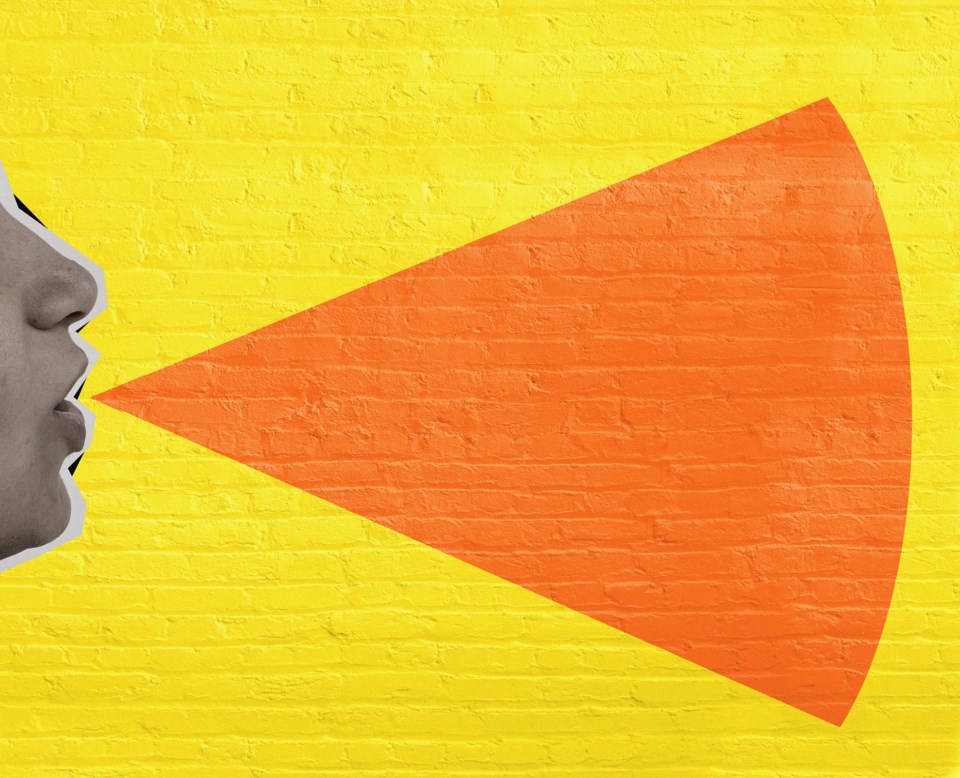Indigenous languages are currently and Elders and language keepers are working tirelessly to document, teach and for generations to come.
But this is difficult as there are . Despite being tasked with keeping languages alive, many Elders, language keepers and community members are continuing to heal from the and genocide, colonialism, linguistic imperialism, new diseases, forced relocation, upset of Indigenous economic, social and political systems.
Numerous studies document the of residential schools, including loss of language and culture that led to , among community members.
In an effort to reverse that loss of language and culture and keep , there’s a push to ensure they’re spoken in homes, schools, communities and workplaces. The can be life changing.
Immersion to teacher training
There are many approaches being used in , at and within and to ensure language reclamation. Examples include to curriculum and resource development, teacher training, evaluation and research.
On March 31, Canada marks , which serves as an opportunity for both non-Indigenous and Indigenous Peoples to create space and recognize the importance of language revitalization.
National Indigenous Languages Day allows us to celebrate the ongoing efforts of those who continue to protect, Indigenous languages and uplift the .
The United Nations recently launched a , which details the complex nature of language revitalization and the notion that this work will take time and require collective effort, respectful relationships and authentic partnerships.
Supporting community
My grandparents on my mother’s side attended Spanish Indian Residential School in Ontario, so I am well aware of language loss — in my family, unfortunately, no one speaks our language. This reality is heartbreaking and I hope that my late grandmother, Mary Neyland, her siblings and her friends would be proud of this work being done today.
It is my responsibility as a mother and my motivation as a Anishinaabe woman to make change. My role is to listen to our Elders and language keepers and find strategies to support communities, with them as the lead, and in a respectful way.
At the University of Alberta, the initiative is focused on supporting community-led projects and building capacity in language. Our aim is to establish respectful relationships, share information and direct resources to Indigenous communities and organizations engaging in language revitalization activities.
A central aspect of the initiative is following the guidance of the , which includes language keepers and Elders who are recognized in their communities. We recognize equity in languages and include Cree (Y Dialect and Bushland Cree), Michif, Blackfoot, Dene (Denesu台艂ine虂 and Dene Tha), Inuk (Inuktitut) and Stoney languages among the council.
We recently Rae Anne Claxton, a PhD student from Tsawout First Nation on Vancouver Island, to learn Hul’q’umi’num’ from her Elders.
She spoke about centering and weaving Indigenous ways of being, learning and teaching with linguistic ideology and technology. And how stories from Elders are significant in healing from the impact of intergenerational trauma and reclaiming our Indigenous identities.
Claxton highlighted the interconnectedness of language and culture, as many have highlighted before her. American :
“If you take language away from a culture, you take away its greetings, its curses, its praises, its laws, its literature, its songs, its riddles, its proverbs, its cures, its wisdom, its prayers … you are losing all those things that essentially are the way of life, the way of thought, the way of valuing, and the human reality that you are talking about.”
Indigenous language revitalization
Across Canada, and maintenance efforts, in response to the .
Many Indigenous communities are implementing . The is a great example of an organization that provides not only funding, but continued support to communities in British Columbia for community-led language revitalization initiatives. Or there’s the , which hosts annual summer programming that teaches about the diversity and geography of languages.
CBC also hosts , a hub for Indigenous language content, and currently features over 30 Indigenous languages from across Canada.
This National Indigenous Languages Day, let’s celebrate the community-led initiatives that focus on building capacity and sustainability for future generations. Here are just some of the resources currently available:
![]()
Pamela McCoy Jones is the executive director of Supporting Indigenous Language Revitalization, and Office of the Vice-Provost - Indigenous Programming and Research at the University of Alberta. The University of Alberta receives funding from BHP Foundation.



